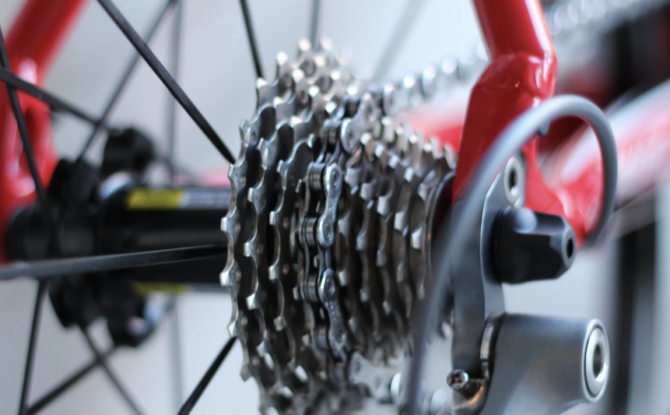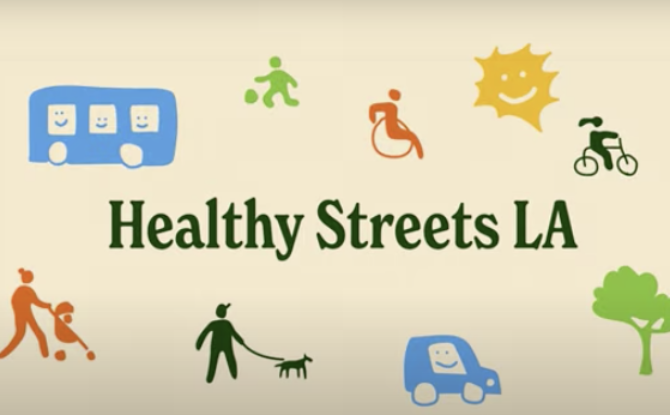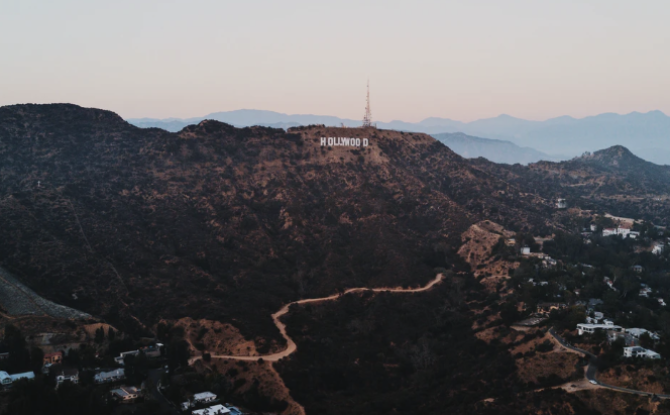From Bicycling.com
By Riley Missel
As the summer evening sky turns from orange to purple to navy, traffic in the Los Angeles bike lanes dwindles until just a few riders remain toodling by, their path unaffected by the surrounding darkness thanks to a single bulb mounted to their forks—a Dynamo light.
This bicycle-mounted beacon is powered by its passenger’s energy to illuminate the road ahead—for the rider and everyone following them. Bike mechanic Jimmy Lizama custom-fits these lights for cyclists out of his Koreatown shop called Relámpago Wheelery, where he builds wheels by hand as well. But according to him, those services just help pay the rent for what he’s really doing there.
“Ultimately, Relámpago is social engagement within the bicycle community,” he said. A Dynamo light of a shop, if you will. Fueled by Lizama’s passion and his surrounding community’s enthusiastic response, Relámpago is illuminating the future of energy use, mobility, and human connection in downtown Los Angeles.
One such way the shop fosters human connection is by hosting mobile karaoke nights. Oh yes, mobile—they hook up a bike trailer to two tandems to serve as the stage, complete with speakers and a microphone. As they tow their singer through the streets of Los Angeles, the audience pedals along behind on their own bikes laughing and singing along. Usually, Relámpago teams up to host these events with other community programs raising awareness for a cause like women’s rights, immigration rights, or water rights. People meet each other, make friends, and find ways they can help each other live better in their community.
Lizama’s goal is to energize his community in the most accessible, sustainable way possible—after a bike. “It amplifies its human’s energy,” he said. His favorite way he sees this concept in motion is on a cargo bike: With simply the power of your legs, you can transport yourself as well as another person, or a bikeload of things.
Photo by Wayne Bishop on Unsplash



